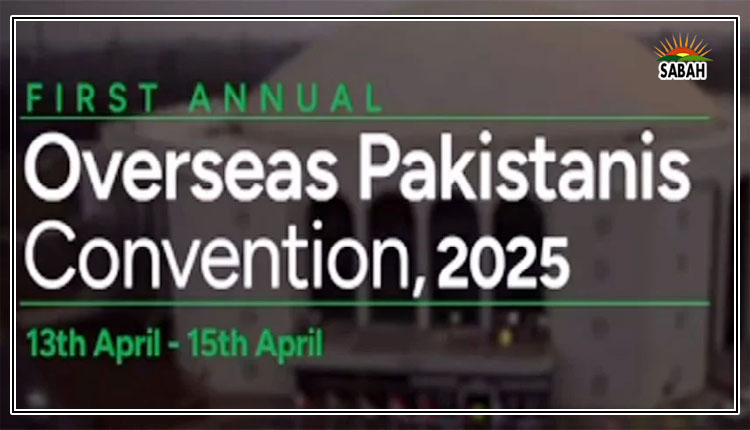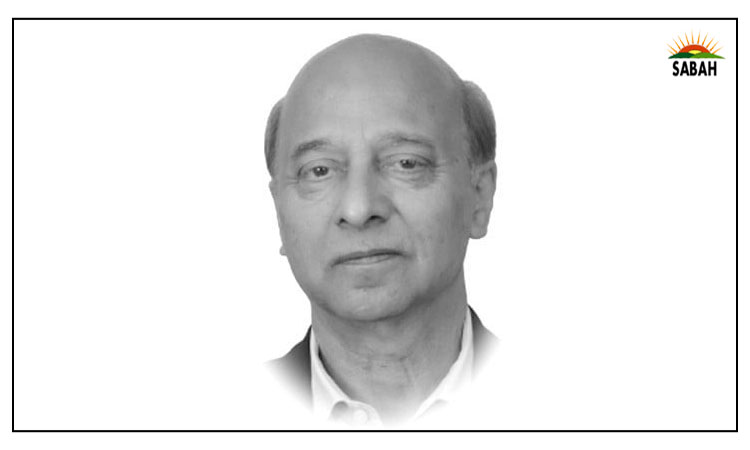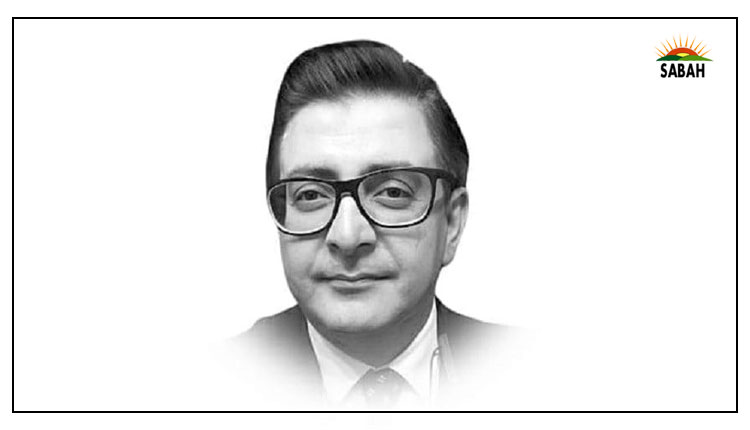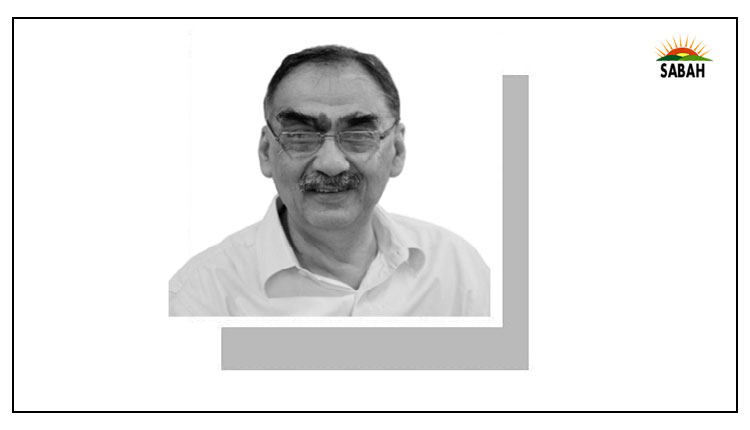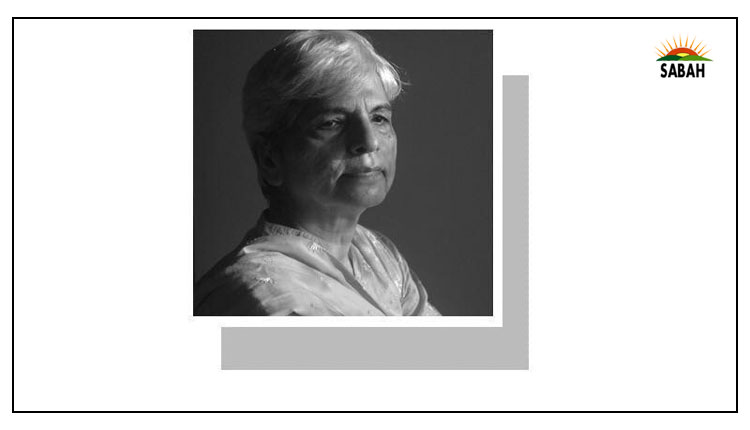Drugs in schools…Zubeida Mustafa
OUR schoolchildren are at risk. It is not the system of education that makes them vulnerable to social evils such as drug addiction (substance use disorder, or SUD in medical parlance): schools also fail to provide students the support they need in their adolescent years. When there is talk of illicit drugs, it is generally in the context of their seizure by the authorities.
Data provided by the Anti-Narcotics Force indicates the magnitude of the unmet challenge. There are 7.6 million drug abusers in Pakistan. There were 4.5m in 2013 when the United Nations Office on Drugs and Crime (UNODC) held its first survey. Another survey is now underway. It is said that nearly half the drug abusers in Pakistan are under 30.
What confuses the scene is the absence of a clear definition of illicit substances. Thus some stimulants (caffeine and tobacco) and depressants and some synthetic drugs are not considered illicit. But if taken by children, they can be detrimental to their development or cause them to turn to hard drugs later.
The WHO has not been very helpful in establishing clarity. It states, Psychoactive drugs are substances that, when administered into ones system, affect mental processes, eg, perception, consciousness, cognition or mood. It does not state which substances produce dependence.
Classmates who take drugs are considered cool.
This grey area has given social acceptability to many substances that are medically termed harmful. Thus gutka and e-cigarettes are commonly used, the first by the poor and the second by the affluent. Gutka is banned by law, while the tobacco industry enjoys the governments protection.
For obvious reasons, the authorities have failed to check transnational crime cartels that form a nexus with human traffickers and drug smugglers. This has made Pakistan an unsafe country for children in search of solace.
Mental health professionals attribute SUD to a childs inability to cope with her adverse circumstances. Dr Nazila Bano, a psychiatrist and UNODC trainer of professionals treating drug addiction, believes it is not political instability and economic uncertainty that upset schoolchildren. Their focus is on issues of concern to adolescents such as keeping abreast of their contemporaries in lifestyle, dress code and leisure-time activities. The compulsion for them is to belong to a group. Since drugs have become fashionable, their classmates who take drugs are considered cool and worthy of emulation.
According to Dr Nazila, psychosocial-biological factors are the main determinants of a childs coping skills. Our norms and parenting methods have changed to the disadvantage of the youth, who are emotionally disconnected from their families.
Since education has become central to the life of the youth, what Sana Khan says is significant. She is a play therapist and a trainee psychotherapist, with 18 years of school teaching experience. She says: Our education has become highly competitive and the children are under tremendous pressure. They are expected to excel in their studies and nothing less than an A satisfies the parents. That shapes the childs approach as well.
She speaks of numerous other features of our school system that affect the child negatively: private tuitions after school, whether needed or not; learning in a foreign language, a challenge for many students; and no games or physical exercise. The main problem is that parents want their child to excel and do not validate their child until she is at the top of her class. I always advise parents to validate their child for what she is and build emotional ties with her to make her feel secure, she adds.
Both these health professionals are critical of the overwhelming presence of technology in the life of the youth, such as the smartphone, which nearly all young persons carry to play digital games or communicate on social media. Dr Nazila points out that commenting on Facebook is a solitary activity, for no direct dialogue takes place between the youth, though thousands may be involved. Their world is actually lonely.
Sana points to the risks of digital games: a shorter attention span, urge for instant rewards and constant need to achieve greater satisfaction levels. Drugs work in a similar way. The drug user needs more of it to satisfy himself.
Unescos recent GEM report also suggests the appropriate use of technology in schools as it is no substitute for a teachers presence on-site.
In this situation, it is not surprising that youth of all socioeconomic classes are taking to drugs in large numbers. Schools can at least help by creating public awareness and ensure that drugs are not used on their premises. If education were made enjoyable, why should it create pressure on the child? Parents have to take parenting seriously. Where are the teachers, the super-heroes of yesteryear?
Courtesy Dawn


